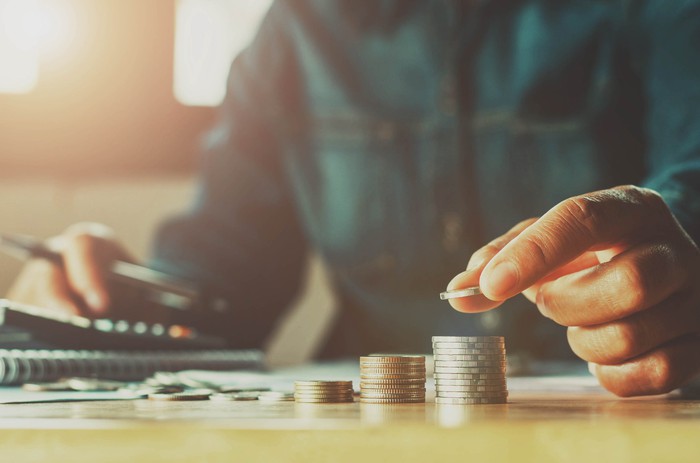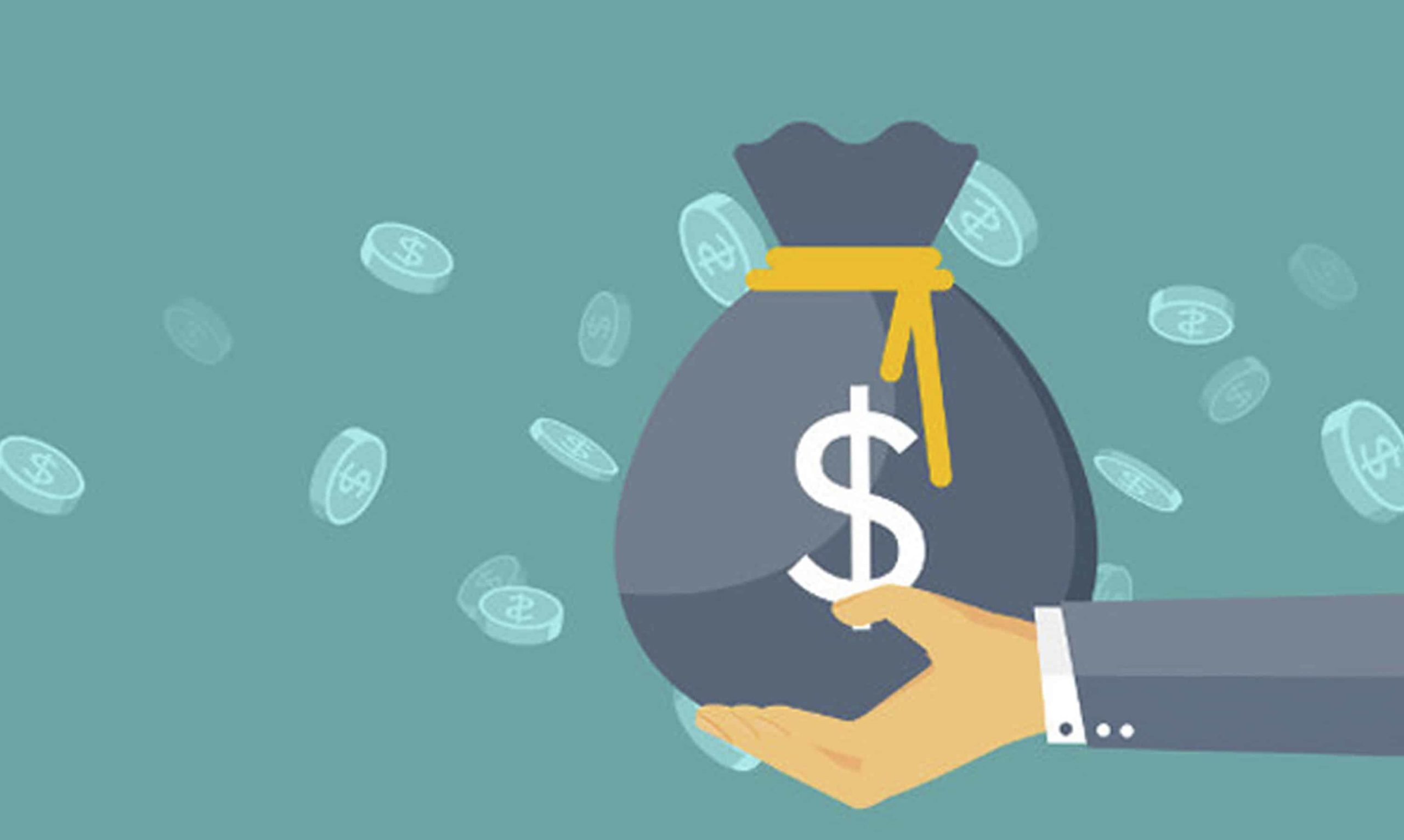
Have you ever wondered why advertisements urge Americans to spend, spend and spend? In the present time, they are trying to be more like Swabian, trying to save a bigger share of their incomes after-tax than they have ever saved for most of their past 3 decades. Most people explain this as an economic curiosity. On the other hand, most households’ savings lead to Treasury bonds, cutting down the government’s total borrowing expenses. These Savings help households in future times or to mitigate the blow of misfortune.
However, the main question that remains unanswered is, why are Americans having a susceptibility to save so high now?
We all know the fact that savings typically rise during crisis times and drop down during good times. From 2007 to 2009, America had to face the toughest time as the country was hit by a financial crisis. Back then, America was left with no other option but to cut down its spending and pay off all debts. In addition to this, the share of disposable income rose from 3 percent in the year 2005 to 8 percent in 2010 to 2012.
At the same time, various other countries were also affected the same way and most of them have also recovered it. But it is worth mentioning that their personal-saving rates have fallen tremendously.
By contrast, America not only recovered the crisis but also maintained its personal-saving rate efficiently. And today America is a proud country with a personal-saving rate of 4 percent points higher than it should be. And talking about the unemployment rate, it is at 3.6 percent that is really low. The steadier economy has also boosted confidence in consumers. This makes the US one of the strongest countries in terms of a stable economy in the world.
Most people believe that higher saving is a result of inequality. Let’s know if it is true!!

Poor people in America end up saving a little or sometimes nothing. Research conducted by the Federal Reserve stated that 12 percent of adults fail to cover a minimum of $400 emergency expense. Meanwhile, rich people easily manage to save a big chunk of their total income.
There are a number of other studies as well that suggest that in the recent years the rich people have acquired a greater share of total income that has dragged the overall personal-saving rate even higher.
So, do you also think that inequality is the reason for America’s high personal-saving rate? Well, we strongly believe that rising inequality in the US is just an incomplete justification for America’s savings puzzle. As America’s saving was comparatively higher in the year 1970 and during that time also inequality existed.
The financial system in the US also plays a vital role in the high personal-saving rate. In recent years, a good number of Americans have faced difficulty to access their credit.
From 2008 American banks tightened up lending standards to both consumers as well as credit-card loans. After the crisis, the median credit score for mortgages as well as car loans became higher. This ultimately affected middle-income households as they faced a lot of challenges to spend beyond their total means.
Other than the aforementioned reason and a strong economy, another possible reason is that households are still uncertain about the future. Many ongoing things clearly depict that people in America are worried about the threat to their employment due to automation as well as import competition. In addition to this, on- and off-again trade war can also be another reason for developing anxiety among people.
Last year, the U.S experienced a widely measured economic uncertainty that is considered to be all-time high. Unfortunately, experts say that it can rise further due to the COVID-19 outbreak in the nation.
According to the Fed, the people who say that “liquidity” is one of the most important reasons for saving has also been increased since the mid-2000s.
The points discussed in this blog “can be” the reasons for the high personal-saving rate of America- not specifically, of course.
And if they are not the exact answers, then let’s hope for some more studies to be carried out on this topic in the near future to solve this complicated but interesting puzzle!
